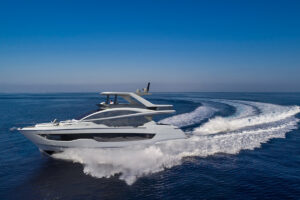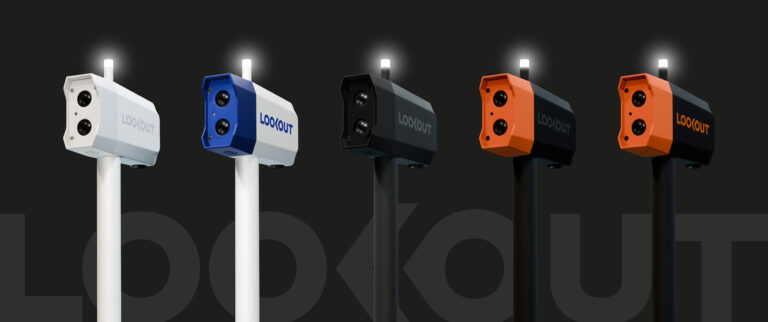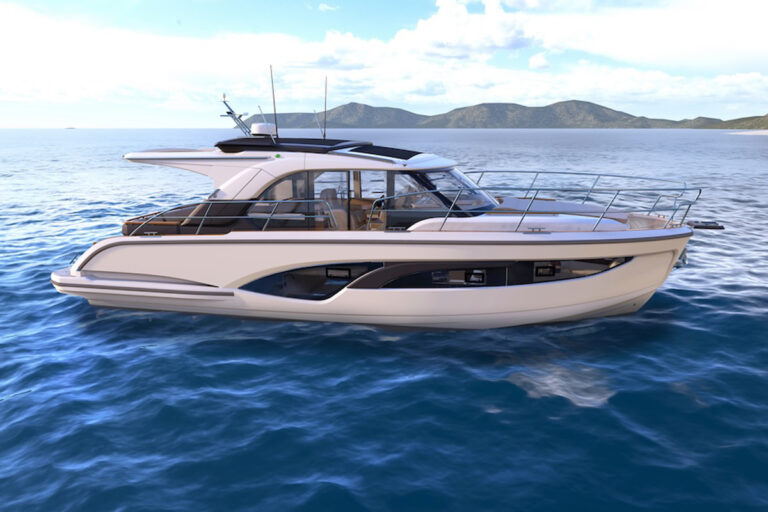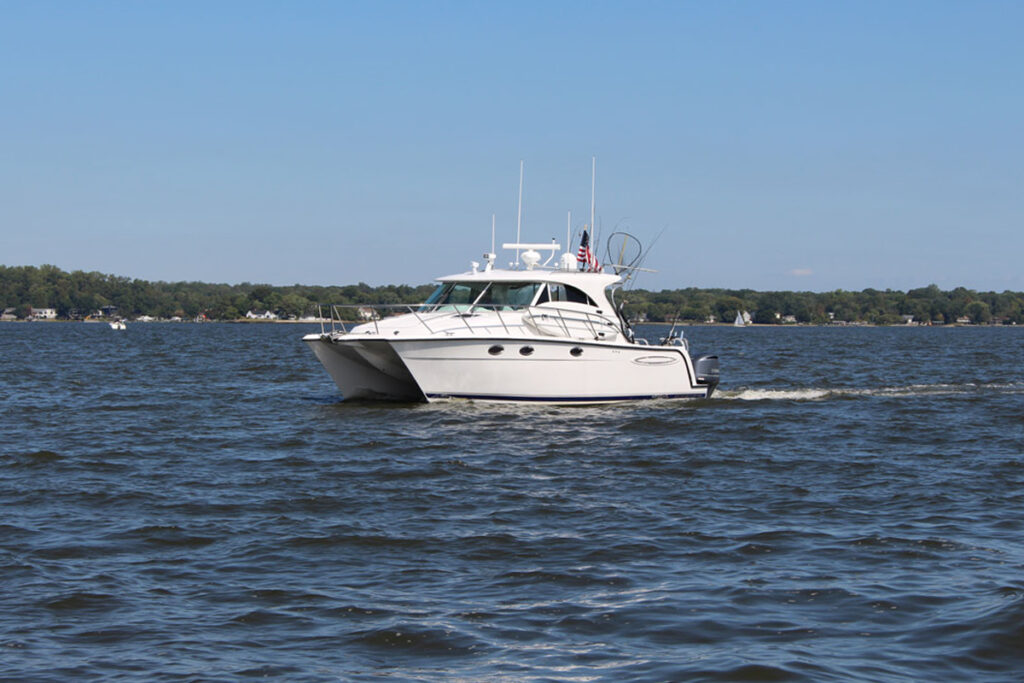
It may be true that a spinning boat propeller will push a boat forward, but the condition of that propeller will determine how fast the boat moves and how much vibration you feel as it does so. Even minor dings or bends in a propeller’s blades can affect efficiency, and a damaged propeller can turn a smooth ride into a miserable experience that will rattle the fillings right out of your teeth. In fact, if you feel new or uncomfortable vibrations in your boat, the propeller should be one of the first suspects.
If you discover damage to your boat’s prop, what comes next?
Repairing Severe Boat Propeller Damage
Fixing a severely damaged propeller is not a DIY adventure. It requires specialized tools and machinery, and you’ll have to call in the services of a professional for a reconditioning job. The good news is that prop shops can repair damage that appears to be rather spectacular. The bad news is that this can be expensive. That said, it’s a lot better than the alternative, because running a boat with a damaged prop can cause further damage by vibrating pieces and parts loose, causing uneven stresses in the boat’s structure, or even damaging the engine and/or transmission.
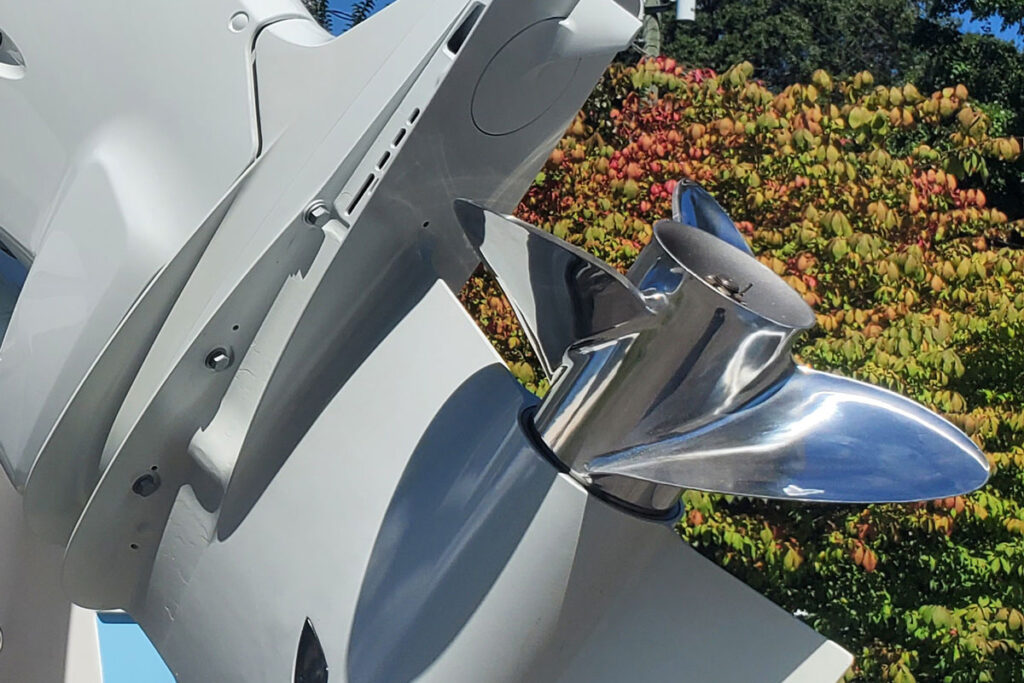
A professional shop will grind, weld and shape the blades of the propeller back into its original form, and use pitch blocks or a digital pitch measuring device to ensure that the prop functions as intended to its initial pitch. It can also rebalance the propeller after fixing its blades and run the propeller through polishing tumblers so it regains its original appearance. While the process is significant, most of the time a stainless-steel prop can be returned to form for around half of its original cost. NiBrAl or bronze propellers can be quite expensive, and having them reconditioned is usually a fraction of the original cost, while for aluminum props it may be more cost-effective to simply replace the propeller with a new one.
Repairing Cracks in Propellers
Cracks may not look like much, and in many cases they’re hairline cracks that are very difficult to even spot. But when you see one, repairs need to be made asap. Otherwise, the blade could sheer off at the crack, and the resulting damage is often too substantial to fix. Again, however, fixing a crack isn’t something the average boater can tackle on their own. The crack will need to be ground and welded, and doing so takes a pro. On top of that, you’ll want the prop to be checked thoroughly to make sure there aren’t any additional cracks, which requires scanning with a probe or using penetrating dye. In either case, you’ll want a professional for this job.
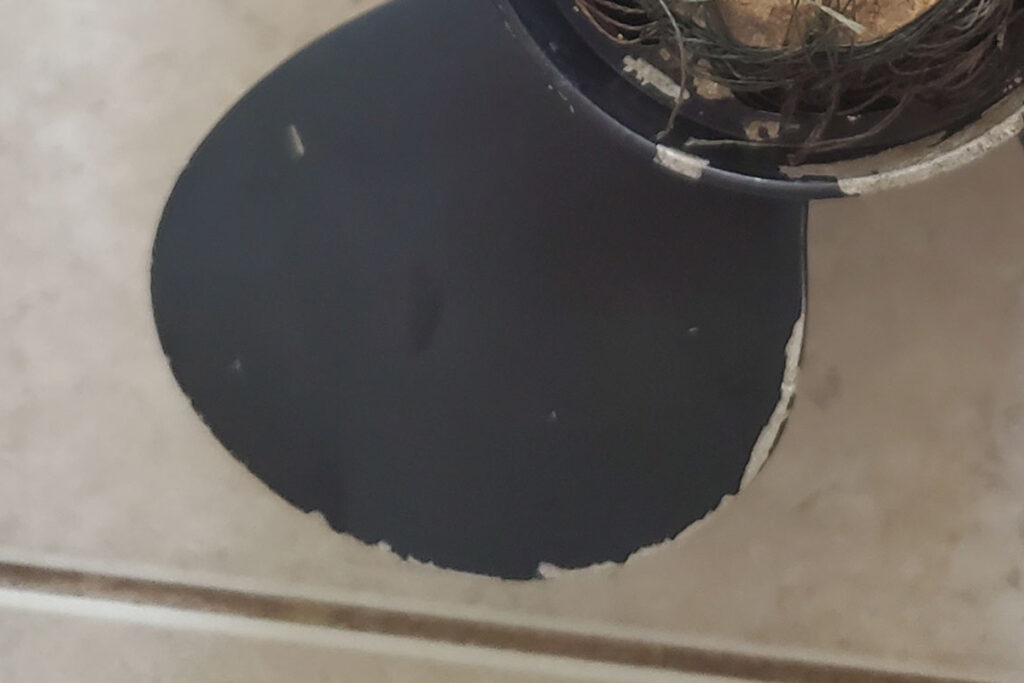
Repairing Burrs in Boat Propellers
In the case of minimal propeller damage from burrs in the blade edges, you can do the boat propeller repair by yourself by filing the damage smoothly. It’s important not to get carried away, you want to smooth off the ding, not change the propeller’s diameter or throw it out of balance. As long as you’re careful and don’t go any farther than necessary, you’re not likely to make matters worse.
Holding a mill “bastard cut” (course) file, stroke the burr from the base of the blade out. Use an angle that focuses the file’s impact on the burr itself, not other areas of the propeller. Take a few strokes, then run your finger across the edge. If you still feel the burr continue to file, but as soon as you don’t, stop filing. The idea here is to smooth out the surface while removing as little metal as possible.
Emergency Boat Propeller Repair
If you’re out on the water and you bend a propeller blade, you may be able to bend it back enough to get home. Slowly. Certainly don’t try getting the boat on plane, and if you feel abnormal or severe vibrations, shut down and call for a tow.
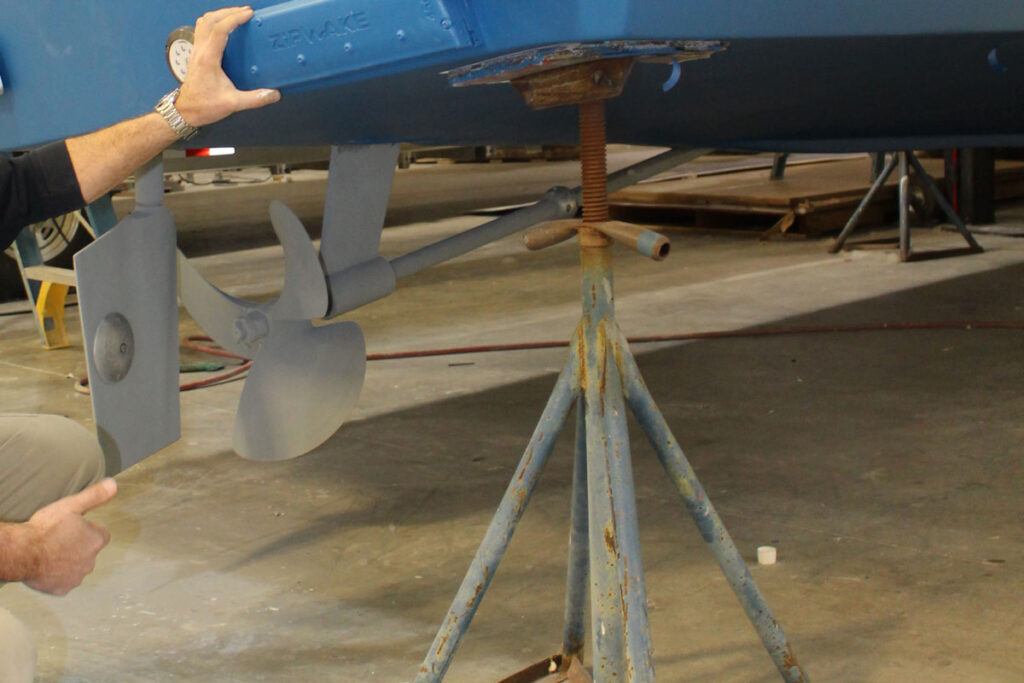
You’ll need a pair of channel locks or adjustable wrenches, which you can lock down on the blade, one in the center of the bent area and the other as close as possible but on a section of the blade that isn’t bent. After affixing them both in position, hold the one on the undamaged portion steady to counter the force of the other as you pry the damaged section back to shape. Apply pressure slowly and use the minimal force necessary to make progress. And as soon as you get back to the dock, pull the propeller and take it to a prop shop for a professional repair.
Spun Hub Propeller Repairs
A propeller with a spun hub usually looks perfectly fine, but if the engine over-revs when you try to go from displacement to planing speed, it needs a repair job. Actually, it needs a hub replacement. Once this rubberized bushing starts spinning, a new one will need to be installed. Historically, this meant yet another case where you’d need the help of a professional, who would have the hydraulic press used to push a new hub in. However, many newer propellers have hubs that can be swapped out with nothing more than a screwdriver and a hammer by tapping the hub free and then tapping in the new one. Check your owner’s manual or do a Google search to figure out which type you have.
The propeller is your boat’s interface with the water, and when it gets damaged the boat simply won’t run right, sometimes not at all. Whichever type of fix you might need, remember that running with a damaged prop can quickly compound your problems—so make that boat propeller repair asap.




